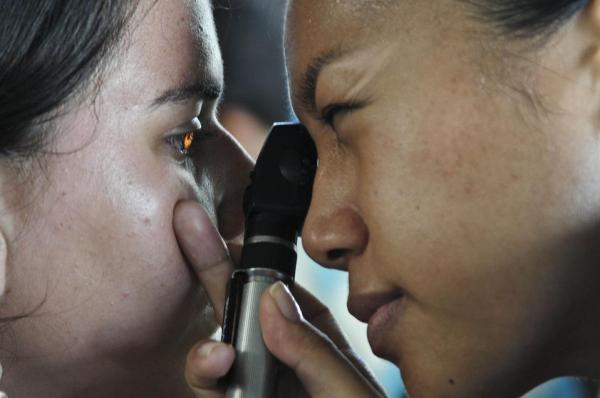
March 4 (UPI) — Scientists at Ohio State University’s College of Optometry are using the Perceived Stress Scale to analyze the impact of stress on the progression of age-related macular degeneration, or AMD.
Age-related macular degeneration is the leading cause of vision loss in older adults in the United States, and is associated with physical stress.
“Because AMD is an inflammatory disease, we are studying the link between inflammation, stress and AMD treatment outcomes,” Dr. Bradley Dougherty, an assistant professor at Ohio State University’s College of Optometry, said in a press release. “In the end, we hope to better understand how general well-being influences disease outcomes.”
Previous studies have linked AMD with high rates of stress, anxiety and depression, but little is known about how stress can affect the level of severity of AMD and whether it can make the condition worse.
The team at Ohio State University used the Perceived Stress Scale, or PSS, which has been shown to predict biological markers for stress, but had not been used to assess AMD until now.
For the study, 137 patients with AMD, with an average age of 82, responded to a PSS. By using a Rasch analysis, researchers found the overall PSS score was not significantly related to the patients’ visual acuity level — but they were able to separate out patients with higher stress levels, which may relate to their conditions.
Ultimately, the researchers say PSS is designed for patients with a much higher stress level than participants in the study, but that the theory is sound and there needs to be a better option.
“A psychometrically sound, easy-to-administer questionnaire such as the PSS is important for use with patients with AMD, given the evidence for increased psychological symptoms in the population,” Dougherty said.
The study was published in Optometry and Vision Science.






